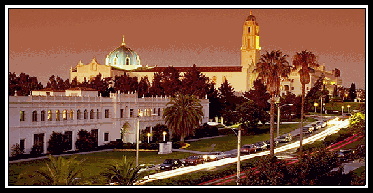.
6. Consolidated Metropolitan
Statistical Area (CMSA) -
- Population of at least
1,000,000 and
- Can be subdivided into
two or more distinct areas
Ex. - Los
Angeles-Riverside-Orange County, San Francisco
Bay Area
7. Primary Metropolitan
Statistical Area (PMSA) - subdivisions of CMSAs
8. Metropolitan Statistical
Area - a metropolitan area that does not qualify
as a CMSA
- Less than 1,000,000
residents or
- No distinct areas that
can be designated PMSAs
Ex. - San Diego, Atlanta,
Santa Barbara-Santa Maria-Lompoc
Top ten U.S. metropolitan areas
(in terms of population)
(1)
(2)
(3)
(4)
(5)
(6)
(7)
(8)
(9)
(10)
Top U.S. Metropolitan Areas
Top 100 World Cities
9. Urban place - a
geographical area with at least 2,500 inhabitants in
a relatively small area
10. Urban area - an area
with a relatively high population density


